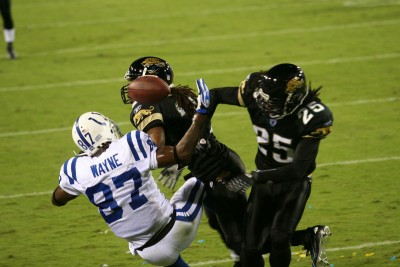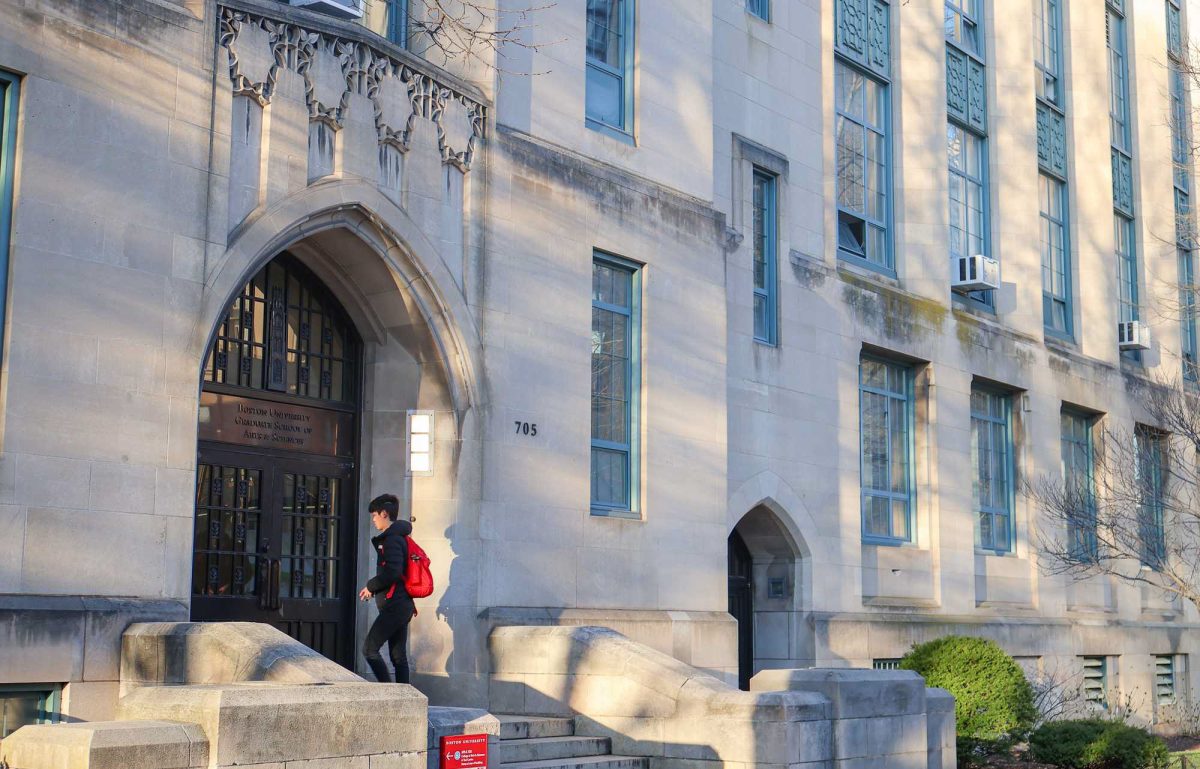
The NFL, which has faced scrutiny over its handling of head trauma, will no longer contribute to the funding of a Boston University-led study on a degenerative brain disease called chronic traumatic encephalopathy, according to a Tuesday report by ESPN’s “Outside the Lines.”
After initially funding a $30 million research grant in 2012 to the Foundation for the National Institutes of Health, the NFL will no longer support the seven-year grant of around $16 million the National Institutes of Health and the National Institutes of Neurological Disorders and Stroke gave to a research team, the ESPN report said. A Tuesday release from BU detailed the CTE research by the team, led by BU School of Medicine Professor Robert Stern, and cited the NIH and NINDS as institutions funding the grant, making no mention of the NFL.
Chris Nowinski, co-director of the CTE Center at BU, said the NFL had a “very disappointing” change of heart in regard to its original pledge to fund research.
“The understanding when this grant was written was that it would be funded by the NIH foundation with money originally from the NFL,” Nowinski said to The Daily Free Press. “Then there were massive delays on giving [the study] the green light.”
The NIH decided to fund the research itself instead of “waiting any longer for a response” from the NFL, Nowinski said. For months, NIH leaders could not get an answer as to when funding would “be coming or would begin” for the CTE research.
Representatives from the NIH were unavailable for comment.
An NFL release from 2012 called the initial $30 million grant an “unrestricted gift,” but it has since surfaced that NFL can exercise veto power over the funds, Nowinski said.
The NFL currently funds eight other ongoing studies in the area of traumatic brain injury, according to an NIH statement. An additional statement from FNIH noted the NFL “was willing to contribute to the Boston University CTE study headed by Dr. Stern.”
Stern has been openly critical towards the NFL’s concussion policy in the past. In October 2014, he published a 61-page declaration detailing the severe effects of head injuries sustained by former NFL players during their time in the league.
Stern was unavailable for comment. The NFL, conversely, has been vocal in its reaction to the ESPN report.
Brian McCarthy, vice president of communications at the NFL, said in a tweet Tuesday, “[The] NFL did not pull any funding. NIH makes its own decisions.”
The award, amounting to $15,859,906, according to the BU release, was given to researchers from BU, the Cleveland Clinic, Banner Alzheimer’s Institute and Brigham and Women’s Hospital in Boston in order to discover ways to detect CTE while patients are still living.
CTE has been an increasingly prevalent topic, especially regarding the NFL and its practices. Recent discoveries found that several NFL stars — including, but not limited to, Frank Gifford, Junior Seau and Dave Duerson — all suffered from CTE before their deaths. Linebacker Chris Borland of the San Fransisco 49ers notably retired last season because of concerns over long-term head trauma. And “Concussion,” a film starring Will Smith that will be released to theaters Christmas Day, recounts a forensic pathologist’s fight to get CTE recognized by the NFL.
A May 2015 study from the addressed the symptoms that patients with CTE endure, indicating Stern’s hope to diagnose the disease while treatment is still a possibility.
“Athletes previously exposed to repetitive head trauma while participating in contact sports … later in life developed mood disorders, headaches, cognitive difficulties, suicidal ideation, difficulties with speech and aggressive behavior,” the study outlined. “Postmortem discoveries show that some of these athletes have pathologic findings that are collectively termed chronic traumatic encephalopathy.”
Mindful of CTE’s severity, Nowinski affirmed that Stern’s new project would seek to find new solutions for athletes and the general population alike.
“This is the largest and most comprehensive study on CTE,” Nowinski said. “If you consider the original clinical CTE grant … as phase one, this is phase two and three.”
Wayel Kaakaji, a neurosurgeon affiliated with the Community Healthcare System in northwest Indiana, stressed it’s paramount that doctors discover viable solutions, especially because little is currently understood about CTE.
“The scientific information is still pretty sparse,” Kaakaji said. “Even though the reports out there are pretty suggestive of a correlation with a repetitive head injury, there’s really no definitive information right now regarding causation and what threshold with head injuries in order to get CTE. There’s a lot of missing information still.”
Kaakaji said he is hopeful that researchers, with the NIH grant in hand, can solve a Pandora’s box of questions – one in which new CTE-centered questions seem to arise every day.
“We’re just finding more questions to be asked, so we need very fast research for some very real questions that aren’t academic anymore,” Kaakaji said. “Parents ask all the time if they should let their son play football anymore, and I don’t have a scientific answer for them right now.”
Note: An incomplete version of this story was previously published in error.



















































































































